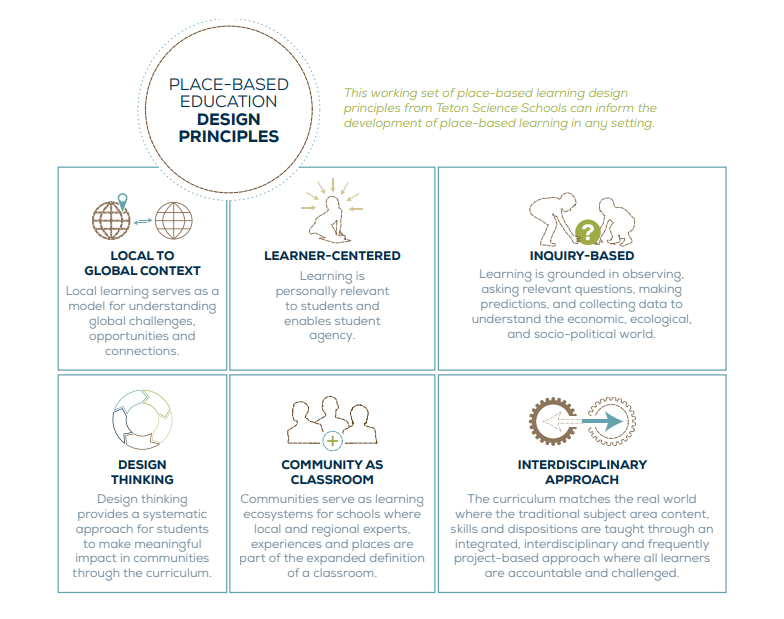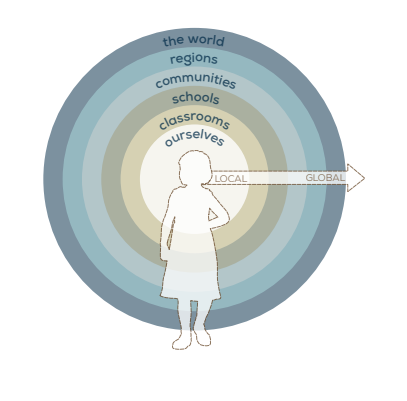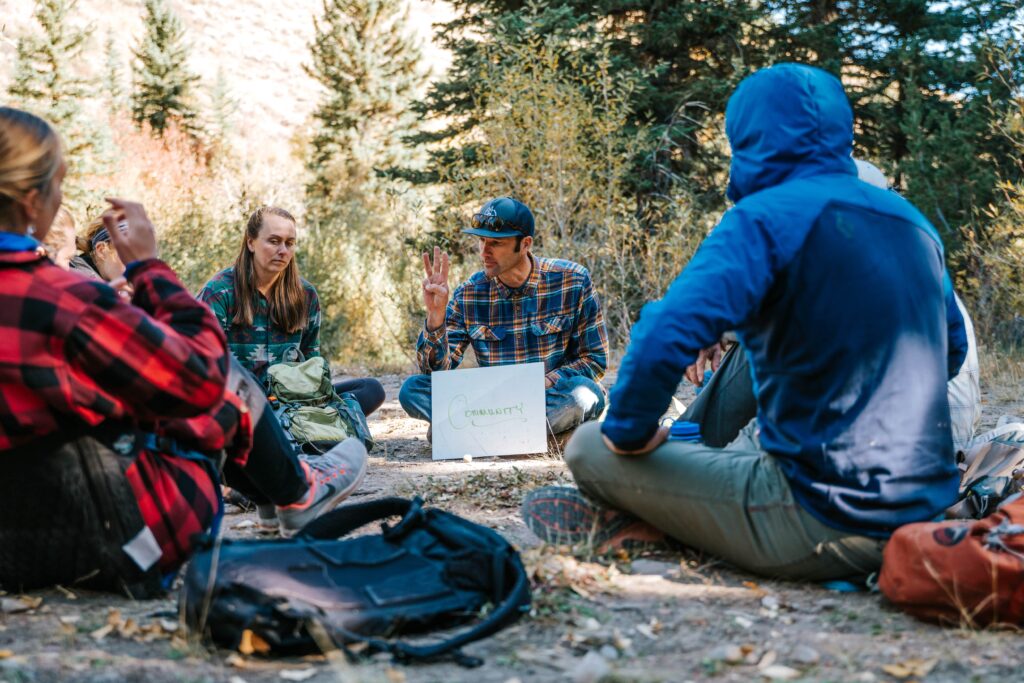If there are two approaches to learning that we here at Teton Science Schools know best, place-based education (PBE) and environmental education (EE) would be the two. Today, PBE is ingrained in everything we do; it’s at the crux of our mission. But back in 1967, when TSS was founded and before PBE was even a definitive term in the education world, our practices were firmly rooted in environmental education philosophy; where students could have profound learning experiences from a strong connection to, understanding of, and respect for nature. Needless to say, we’re not surprised when we hear things like:
“Oh yea! So PBE is like EE!”
“So, what’s the difference between PBE and EE?”
“If I take my students outside, isn’t that just EE?”
Over our more than 50 years in the industry, we’ve encountered statements and questions like this from everyone from principals and teachers to parents and graduate students. And we get it. The principles of these educational approaches are similar and both leverage the community and environment as classrooms; it can be confusing to distinguish between the two. So we decided we needed to shed a little light on the two side-by-side and explore their similarities and differences. Are PBE and EE one and the same? Are they different? Let’s find out below.
What is Place-Based Education?
At its core, place-based education (PBE) is anytime, anywhere learning that leverages the power of place and connects learners to communities and the world around us. It’s goal? To increase student engagement and agency, boost learning outcomes, impact communities, and promote a greater understanding of global issues.
Key Underpinnings of PBE
By design, PBE is guided by six learning principles: local to global context, learner centered, inquiry-based, design thinking, community as classroom, and interdisciplinary approach.

Furthermore, following the idea that PBE is “anytime, anywhere” learning, implementation can occur along infinite pathways best understood through two models:
1. The concentric-rings model: where “place” begins first — with encouraging students to reflect on and better understanding themselves and their role in the community. Definitions of place then expand like concentric rings to classrooms, schools, communities, regions, nations and the world.

2. The place-based education continuum: where learning experiences evolve from those that are primarily teacher-centered to those that are primarily learner-centered, and multiple entry points allow students and educators autonomy over how and when PBE implementation occurs.
The PBE Continuum from “Quick Start Guide to PBE” by GETTING SMART in partnership with eduInnovation & Teton Science Schools
What is Environmental Education?
Environmental education (EE) is “a process that helps individuals, communities, and organizations learn more about the environment and develop skills and understanding about how to address global challenges” (source). According to the 1977 Tbilisi Definition, EE is “a learning process that increases people’s knowledge and awareness about the environment and its associated challenges, develops the necessary skills and expertise to address the challenges, and fosters attitudes, motivations, and commitments to make informed decisions and take responsible action.”
Key Underpinnings of EE
EE is built on the principles of sustainability — focusing on how people and nature can exist in productive harmony — and work in this field focuses on building ecological integrity and environmental health, and creating a fair and just society with shared prosperity (source).
In terms of learning, EE is underpinned by the following:
- Focus on systems thinking
- Lifelong learning: cradle to grave
- Focus on sound science
- Built on a sustainability platform
- Interdisciplinary
- Sense of place
- Best practices in education (learner-centered, experiential, and project-based learning); and
- Informed decision making
Similarities & Differences
After dissecting the core principles underpinning both PBE and EE it is clear why this common misconception that “PBE and EE are the same” exists. Due to overlapping characteristics, including:
-
-
- A learner-centered foci
- An interdisciplinary approach
- Informed decision making
- and often, outdoors as classroom
-
Most importantly, both PBE and EE are rooted in learners cultivating and understanding their “sense of place” not just through an ecological lens, but through economic and cultural perspectives as well.
Where they differ is a matter of scope and priority. Whereas EE focuses specifically on issues tied to environment and sustainability and often occurs in informal learning environments like outdoor education institutes, camps, and nature centers, PBE allows for a much wider breadth of scope and can be implemented anytime and anywhere, including formal learning environments such as K-12 schools, colleges, and universities. With PBE, one could start simply by looking at local economy such as a business and build an entire learning experience for students. just as much as starting with a local watershed. There is no priority over the perspective. PBE can be embedded deeply into the core of the school with a multiple lens aspect, connecting entire schools into the learning ecosystems of the community. PBE is a core key to unlock the potential of next-generation tools and approaches such as deeper learning, personalized learning, competency-based assessment, and project-based learning. At the core, PBE builds agency and ultimately, stronger communities and regions. ecologically, economically, and culturally.
The short takeaway
EE is PBE, but PBE is not EE.
Interested in incorporating PBE in your classroom?


